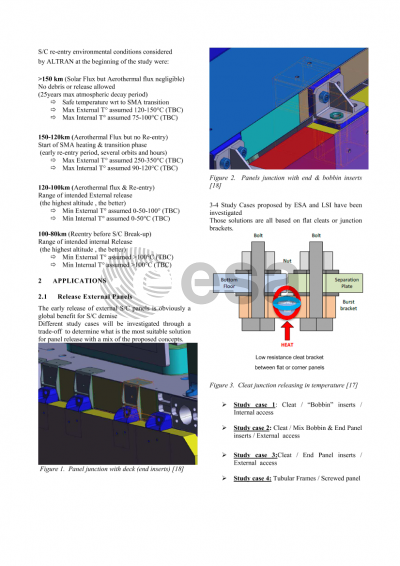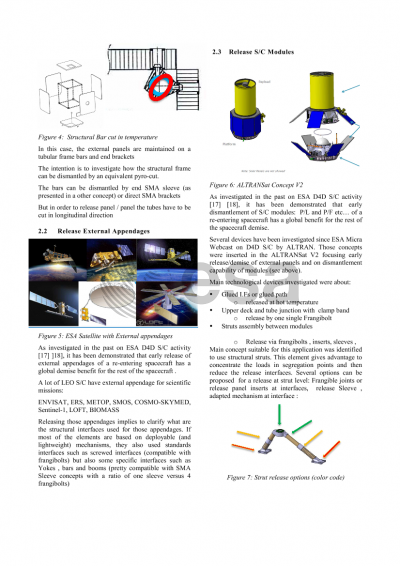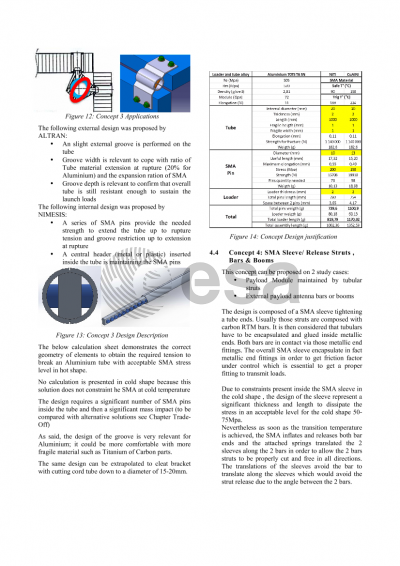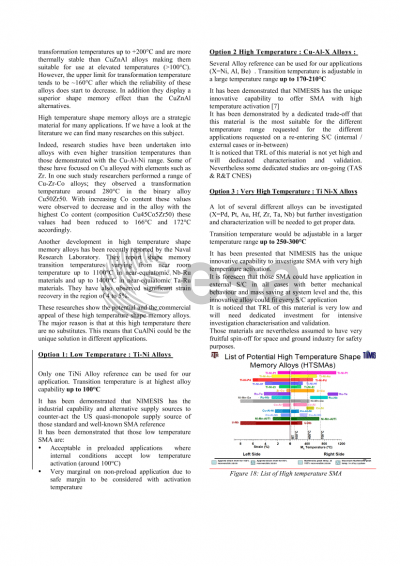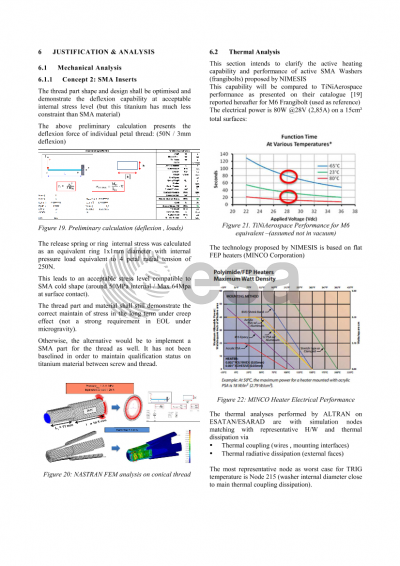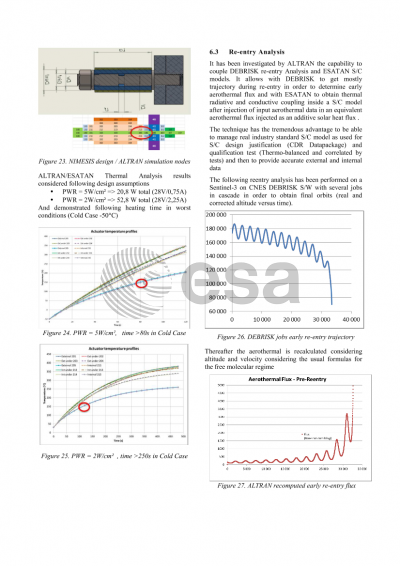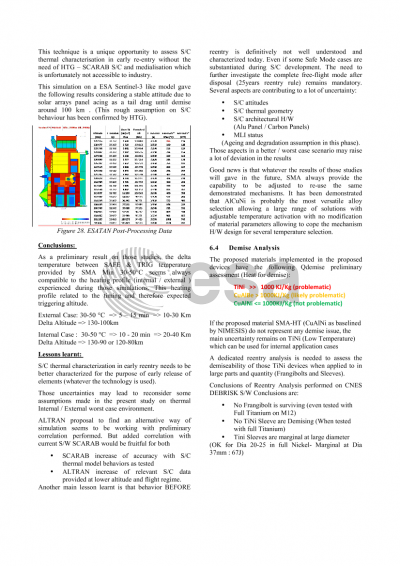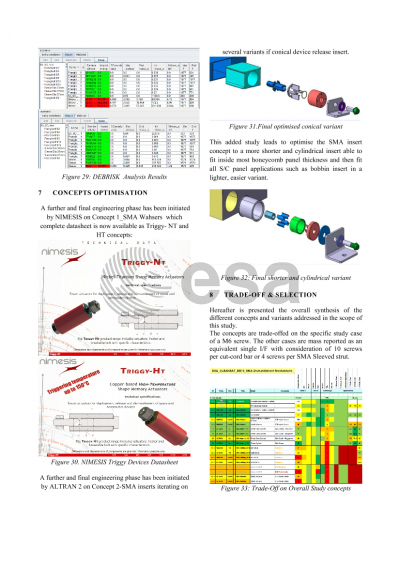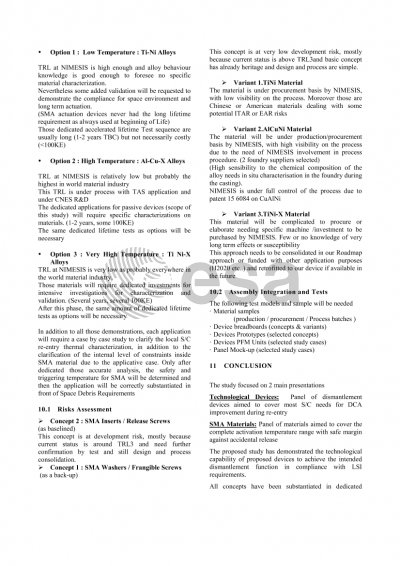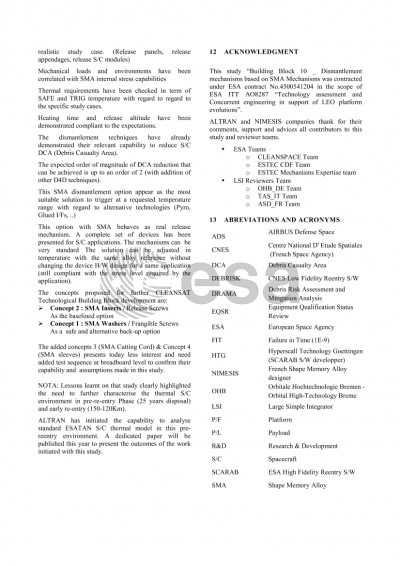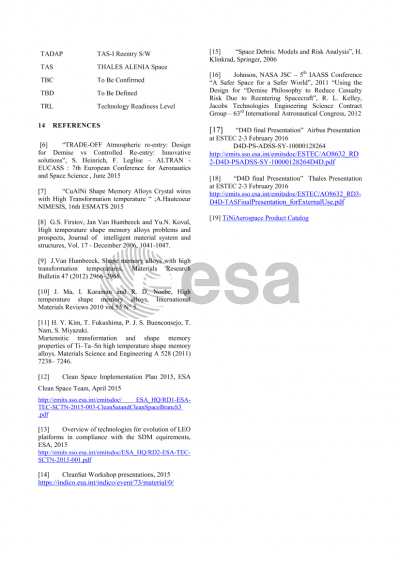Document details

Abstract
Preliminary analyses at ESA have shown that space objects in LEO with masses above 500 kg might already imply an on-ground casualty risk higher than 1E-4 in case of uncontrolled re-entry. Compliance to this casualty risk requirement may be achieved through controlled re-entry, but this solution has a major impact at system level, sometimes requiring the full re-design of the spacecraft and may involve switching to a completely different launcher performance (consequently a significant mission cost impact).
This option may be avoided with achievement of compliant ablation (demise) of the spacecraft upon uncontrolled atmospheric re-entry. The so-called Design-for-Demise discipline (D4D) is a highly multidisciplinary approach that can bring significant benefits in the future missions in the medium to long term.
ESA created in 2012 the “Cleanspace” initiative and team to promote actions on green aspects and debris remediation. Recently ALTRAN was involved inside THALES ALENIA Space consortium in those ESA activities on S/C D4D techniques and proposed several D4D concepts. This ESA D4D study had the objective to find D4D solutions for the Sentinel-1 study case (around 2 tons). This objective were about to be theoretically achieved.
The outcomes of those D4D studies performed in parallel at level of 3 LSI (Large Single Integrator) used mainly ESA Sentinels S/C as study cases. Those studies all demonstrated that S/C dismantlement (controlled and earlier to natural break-up) has a major benefit in reduction of S/C Debris Casualty Area (DCA). Then this technique has to be considered with high priority in a global approach for D4D improvement.
The proposed study CLEANSAT Building Block 10 _Shape Memory Alloys (SMA) Dismantlement Mechanisms identified by ALTRAN and NIMESIS has investigated several technological devices and SMA material options and their suitability to be implemented in LEO satellite H/W of main European LSI for dismantlement during atmospheric re-entry.
Preview

